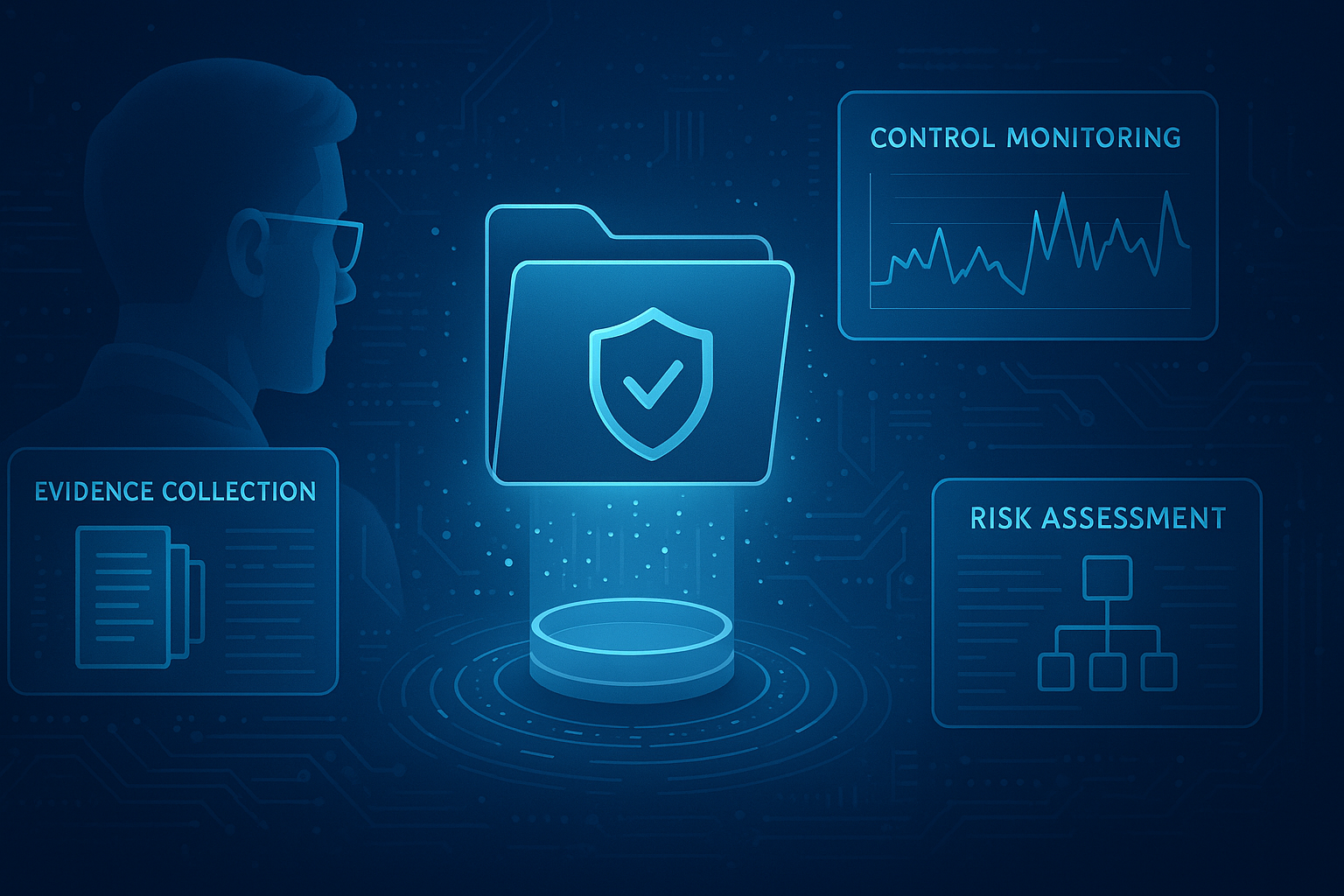We've been exploring the functions of the NIST Cybersecurity Framework. So far, we've covered the NIST Identify function and Protect function. Now, we move on to the third core function of the framework: Detect.
The National Institute of Standards and Technology, or NIST, defines the framework core as "a set of cybersecurity activities, desired outcomes, and applicable references that are common across critical infrastructure sectors. The NIST CSF Core presents industry standards, guidelines, and practices in a manner that facilitates communication of cybersecurity activities and outcomes across the organization, from the executive level to the implementation/operations levels.
The NIST Cybersecurity Framework Function: Detect
The NIST CSF Detect function requires that you develop and implement an appropriate cyber risk management strategy to identify the occurrence of a cybersecurity event. Your plan should include coordination with key internal and external stakeholders.
What are the Three Categories of the Detect Function in the NIST Cybersecurity Framework?
The Detect (DE) function within the NIST Cybersecurity Framework is a crucial component that enables organizations to identify cybersecurity events promptly. This function is structured into three distinct categories, each with specific objectives and outcomes designed to create comprehensive detection capabilities across an organization's security infrastructure.
1. Anomalies and Events (DE.AE)
The Anomalies and Events category focuses on detecting and analyzing unusual activity that might indicate a cybersecurity incident. Within this category, organizations establish baseline network operations and expected data flows, analyze detected events, correlate data from multiple sources, and determine the potential impact of identified events.
Key activities include:
- Establishing baseline network operations and data flows
- Analyzing detected cybersecurity events
- Aggregating and correlating event data from multiple sources
- Determining the impact of detected events
- Setting incident alert thresholds
By effectively implementing the Anomalies and Events category, organizations can distinguish between normal operations and potential security incidents, enabling faster response to genuine threats.
2. Security Continuous Monitoring (DE.CM)
The Security Continuous Monitoring category ensures that an organization's information systems and assets are monitored at discrete intervals to identify cybersecurity events and verify the effectiveness of protective measures.
Key activities include:
- Monitoring the network, physical environment, and personnel activity for cybersecurity events
- Detecting malicious code
- Monitoring for unauthorized mobile code, external service provider activity, and unauthorized users or connections
- Performing vulnerability scans
Implementing robust continuous monitoring practices creates a proactive security posture that can identify threats before they escalate into major security incidents.
3. Detection Processes (DE.DP)
The Detection Processes category ensures that detection processes and procedures are maintained and tested to provide awareness of anomalous events. This category addresses the human and procedural elements of detection capabilities.
Key activities include:
- Defining roles and responsibilities for detection
- Ensuring detection activities comply with applicable requirements
- Testing detection processes
- Communicating event detection information to the appropriate parties
- Continuously improving detection processes
Strong detection processes ensure that the technical capabilities established in the other categories are effectively utilized and managed by properly trained personnel following well-defined procedures.
The Detect function is a critical step to a robust cyber program - the faster you can detect a cybersecurity event, the quicker you can mitigate its effects. Examples of how to accomplish steps towards a thorough detection function are as follows:
- Anomalies & Events: Prepare your team to have the knowledge to collect and analyze data from multiple points to detect an event.
- Security & Continuous Monitoring: Enable your team to monitor your assets 24/7, or consider involving an MSS to supplement.
- Detection Processes: Attempt to know about a breach as soon as possible and follow disclosure requirements as needed. Your program should be able to detect inappropriate access to your data as quickly as possible.
The NIST CSF Detect function is one of the most critical, as detecting a breach or event can be a matter of life or death for your business. No doubt, following these best practices and implementing these solutions will help you scale your program and mitigate cybersecurity risk with comprehensive risk management decisions. In our next blog post, we will explore the Respond function.
Download our NIST CSF Implementation Guide to ease framework alignment and implementation.
Implementing the Detect Function with CyberSaint
Organizations seeking to strengthen their implementation of the NIST CSF's Detect function can benefit from comprehensive cyber risk management platforms, such as CyberSaint. Such tools provide automated continuous monitoring capabilities, establish baseline operations, detect anomalies, and streamline detection processes—all critical components for effective cybersecurity management aligned with NIST guidelines.
By implementing all three categories of the Detect function, organizations establish a robust security posture that can quickly identify threats, respond appropriately, and continually improve detection capabilities over time.





.png)
.png)
.png)
%201.png)
.png)





